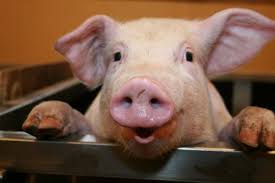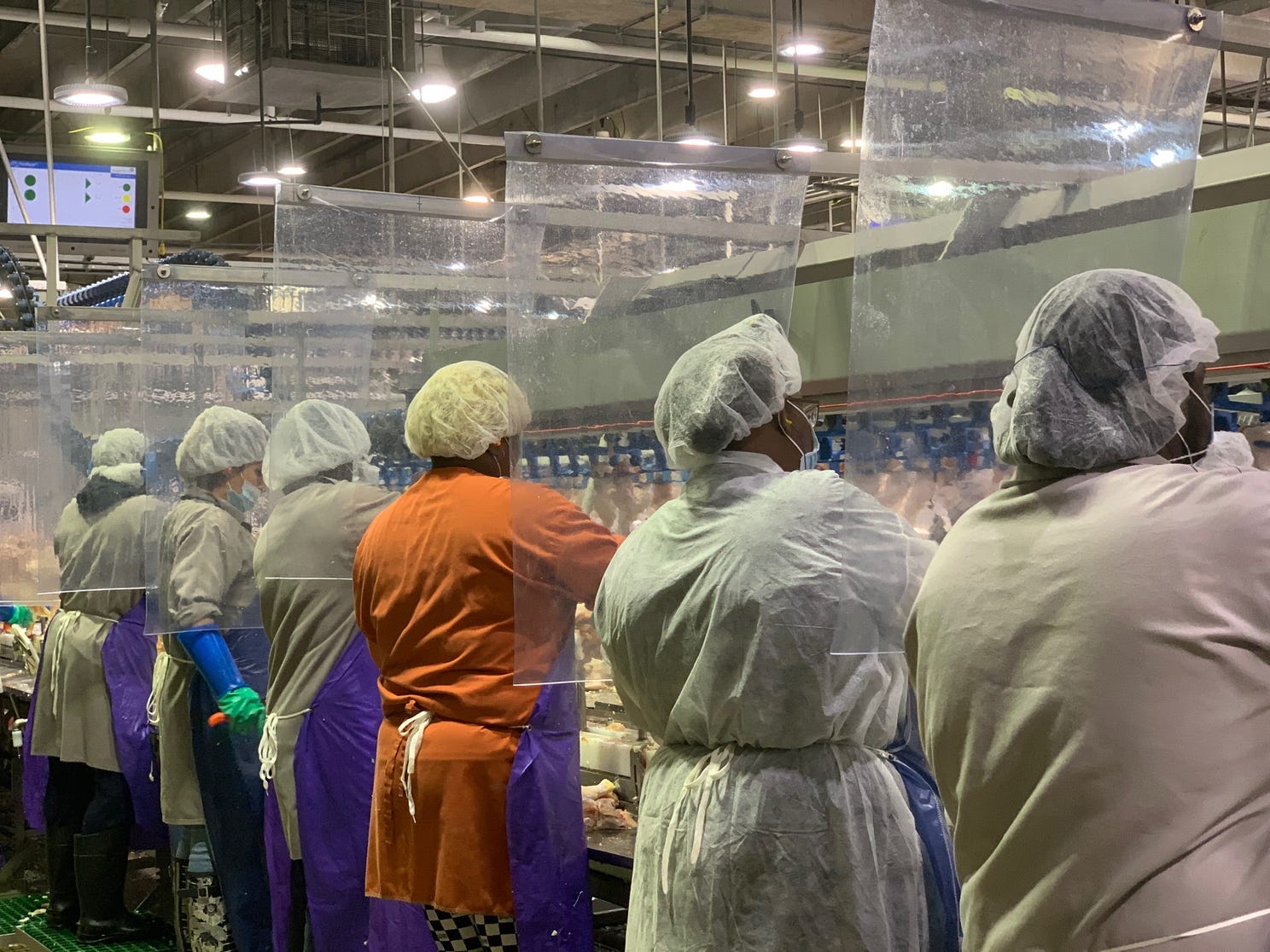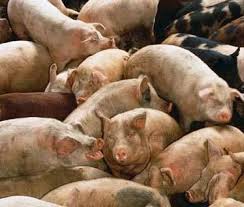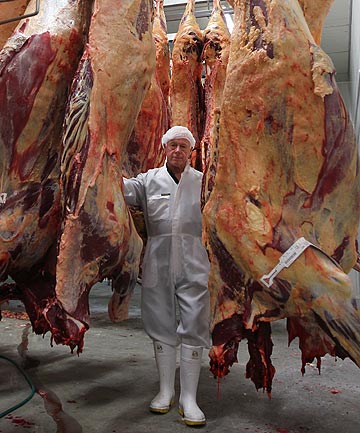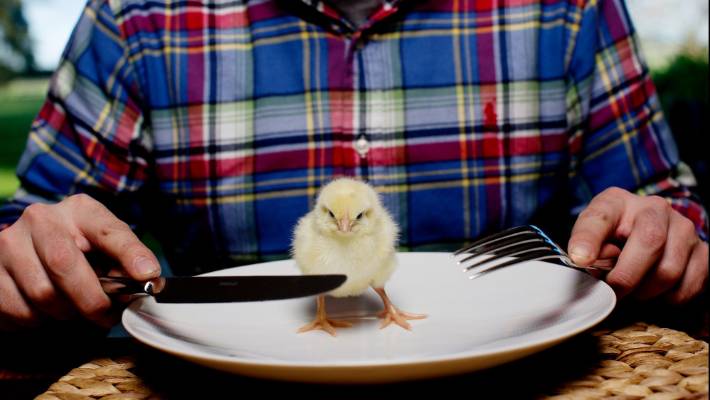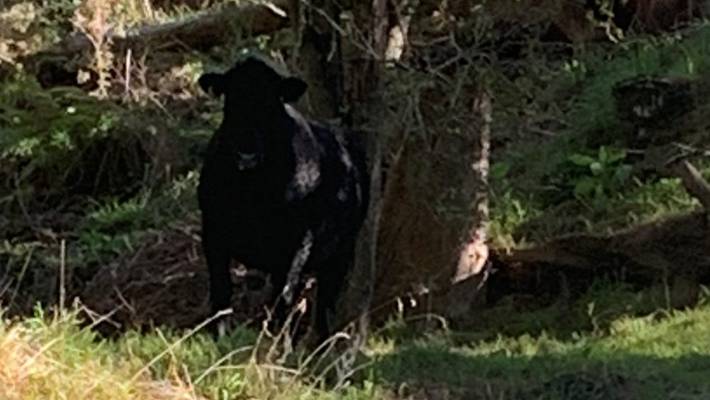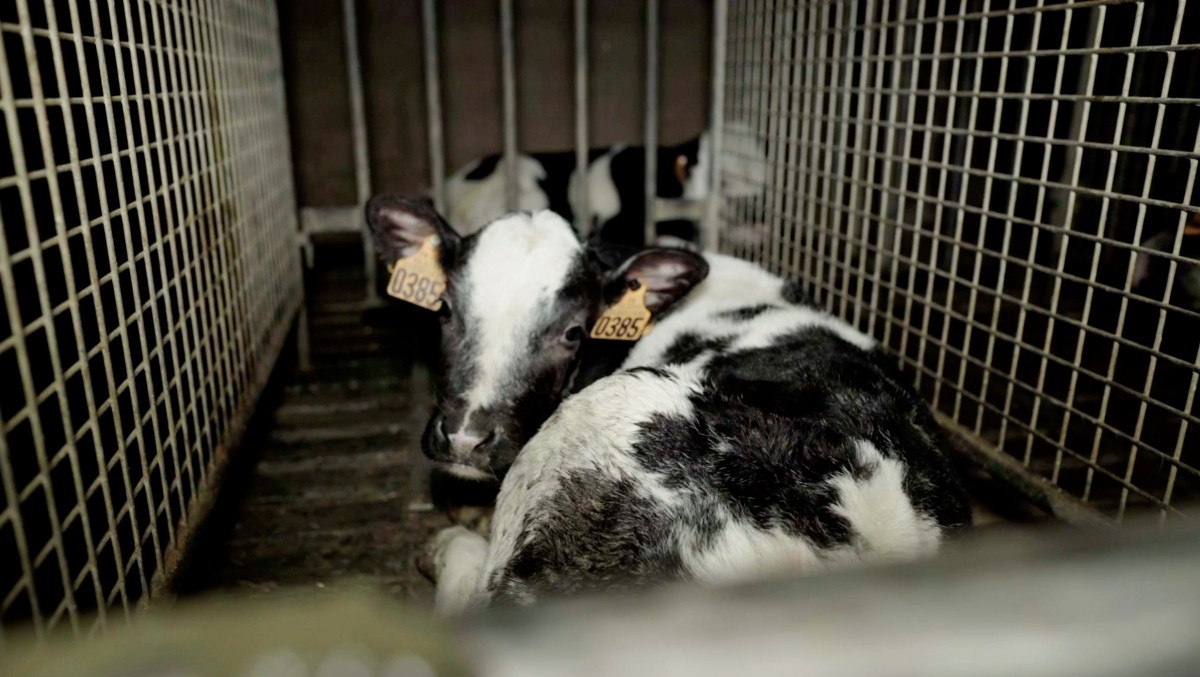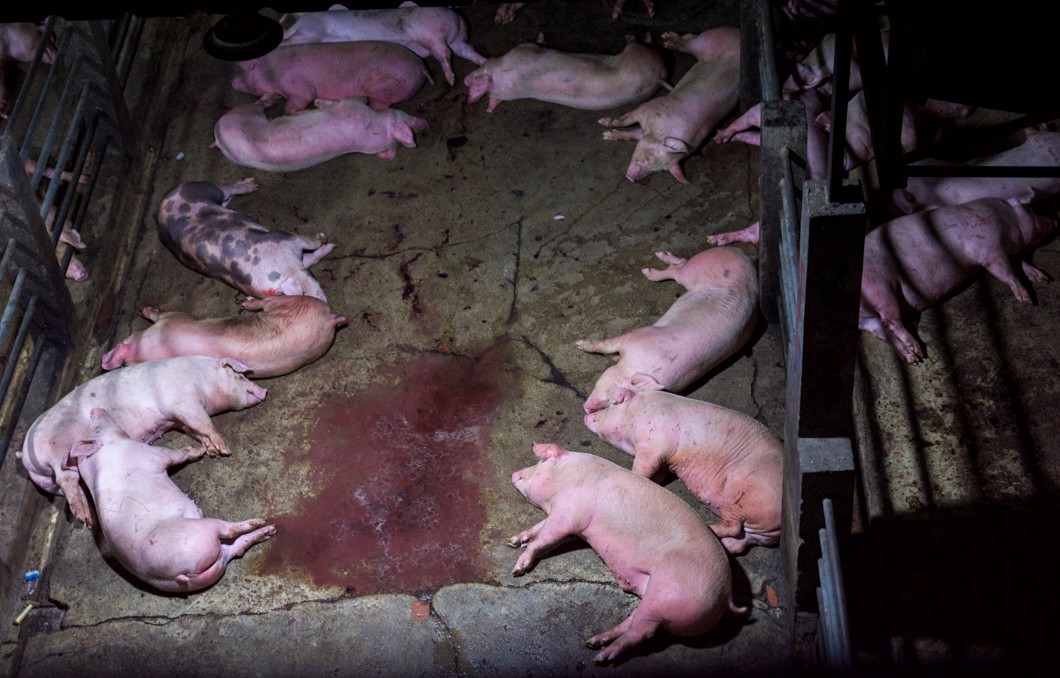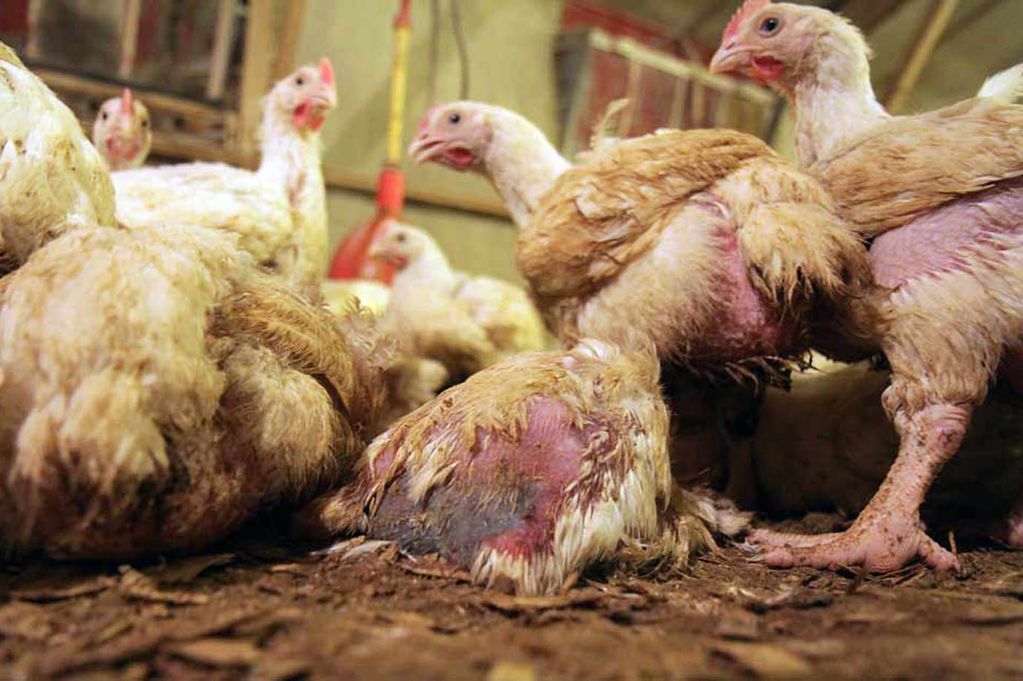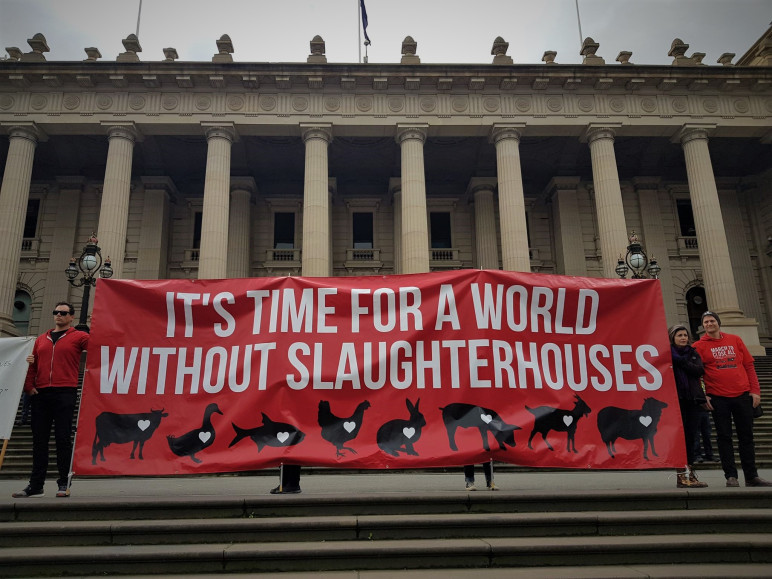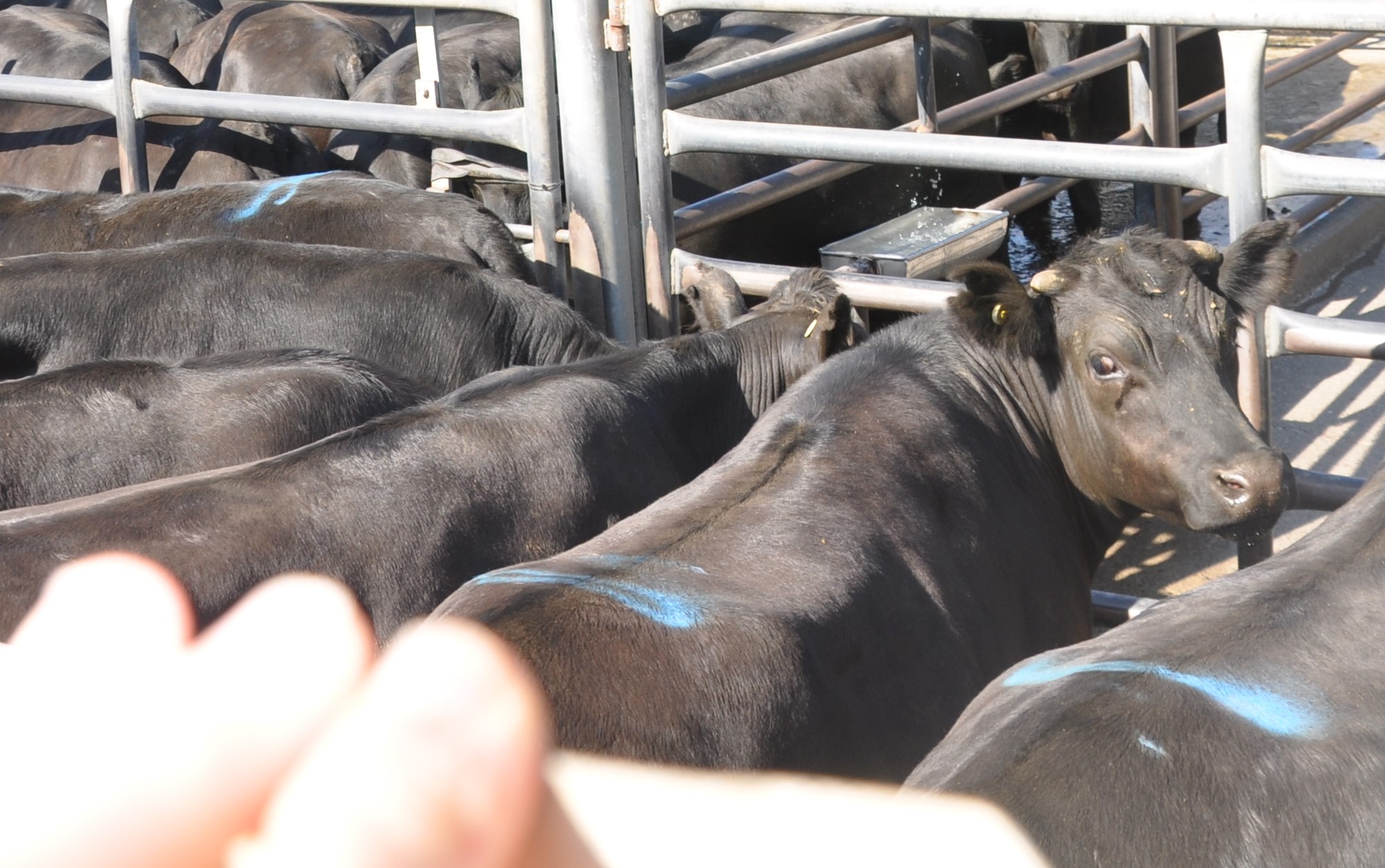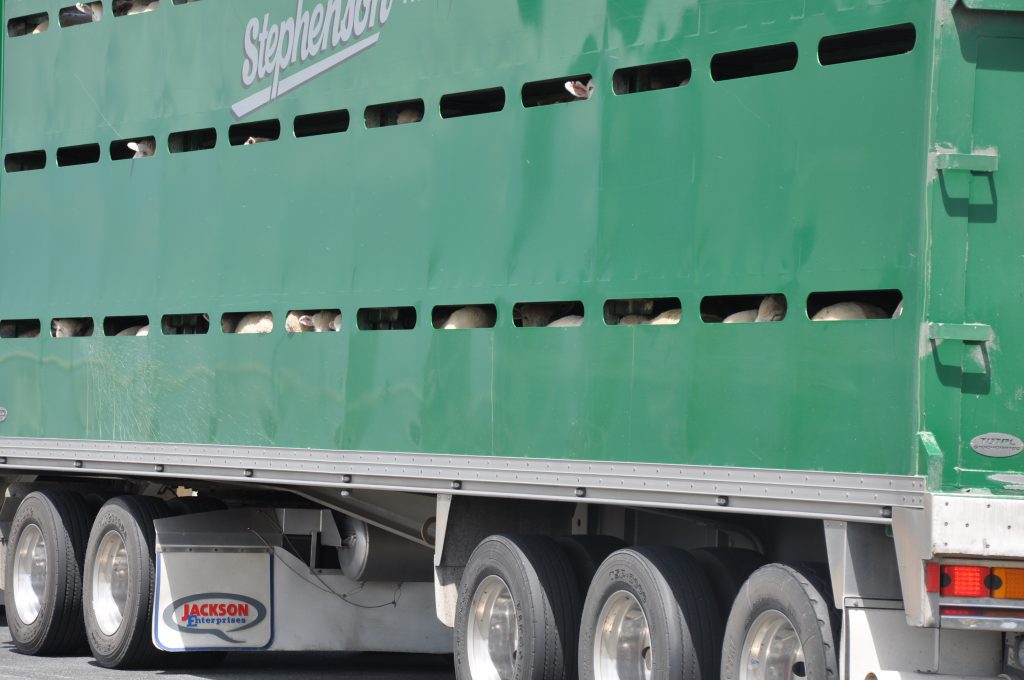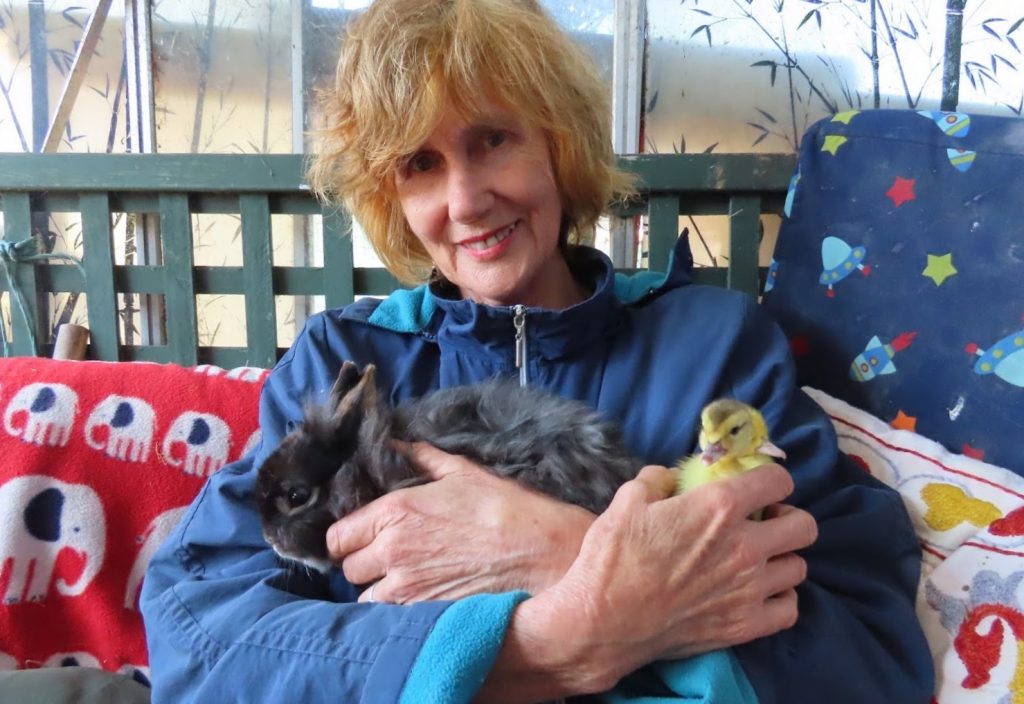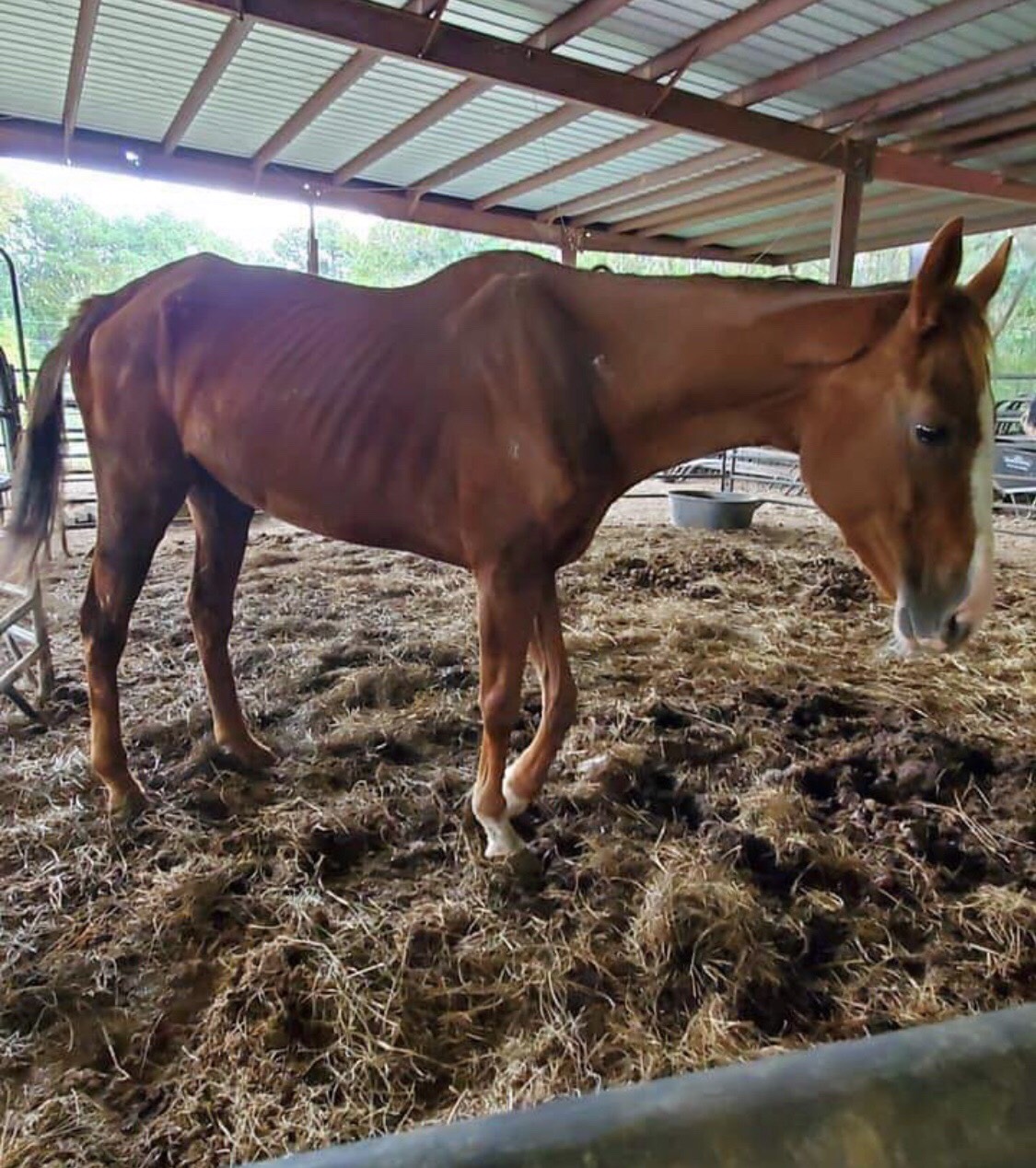End Animal Slaughter contributor Sarah Oliver asks us to use our experience in lockdown to empathise with the plight of mother pigs.
I am so grateful to live in New Zealand. Strong and compassionate leadership that values science and puts people lives first feels likes a rare thing in this world, and has been a hallmark of this time. As a nation, New Zealanders have been willing to listen to the science, and we have stayed the course, even though the financial implications of the Covid-19 lockdown will be huge. We have remained inside our flats, our houses, our boarding houses, our caravans. Sometimes with people who perhaps we would rather not share such close quarters with, in busy, stressed households, juggling children, study, work, tight budgets and difficult relationships.
Our Prime Minister, Jacinda Ardern, told us to ‘stay in our bubbles’ to save lives, so we have. The results are promising. To date, the number of confirmed cases in New Zealand is 1,112, with sixteen deaths. The vast majority of those who contracted the virus have now recovered.

New Zealand’s Prime Minister, Jacinda Ardern has won respect all over the world for her wise, firm and compassionate leadership
Our experience in lockdown, as with people all over the world, has been a roller coaster of emotions. For many, the first week in particular was filled with dread, fear of the unknown, and stress as we tried to figure out what was happening. We wondered how it would impact on us, and how long it would be for. But ultimately the decision was made for us. We had a virus to contend with, and so we stayed home to protect each other. Can we not now use this unprecedented experience to extend our compassion and empathy circle a little wider?
Learning empathy is learning to see and experience the world through another’s eyes, learning to appreciate that another’s experience can be different from our own. It is what we try to teach our children when we ask them to share, and not hurt one another. The skill is valuable for humans as it allows us to function as a cohesive, caring society.
I would like to suggest we take a moment to strengthen our empathy muscle. Let’s imagine the experience of a mother pig in a factory farm, something we can relate to a little more now we are experiencing confinement ourselves.
In New Zealand, as with a number of other countries, we have banned sow crates, tiny enclosures, barely larger than the sow’s body, used to confine the sow during most of her pregnancy.
However we do still allow the use of farrowing crates. A farrowing crate is a small cage a mother pig is placed in during the last week of her pregnancy, and four weeks post pregnancy. She can only stand up and sit down. She cannot move around, and has little or no bedding. Here she is kept, feeding her piglets until they are removed for fattening to become the bacon and ham on our plates. Once she finally gets to leave, she will be impregnated again. She will do this repeatedly during her brutalised life, until it ends when her body is exhausted, and she is on the slaughterhouse floor.
If we can empathise with the life a mother pig lives in factory farms all over the world, then we can understand the extent of the horror we subject her to. She has a level of intelligence greater than our pooches we live with, and is very much aware of her suffering. Sure, we have had to stay inside for a few weeks, and it hasn’t always been easy. But it is nothing compared to the lifetime of suffering we inflict on mother pigs.
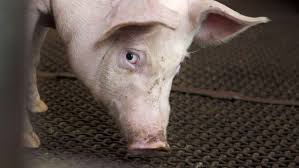
Is the taste of bacon really worth subjecting billions of pigs to suffer in factory farms?
Please can we take a moment to reflect on this suffering, and also address the question: ‘Isn’t it time to remove pork from our plate?’ Just as we listened to the science about how to control the spread of Covid-19, can we not also respect the science that tells us that pigs are sentient? That, like us, pigs experiences fear, trauma and suffering? Recognising this, how can we continue to force them into a life of unadulterated misery, merely because we like the taste of bacon.
One last word for the pig farmer. Many years ago I had a long conversation with a pig farmer when I was running an information stall protesting sow crates. He came to chat to me and was animated and upset. However, he ended the conversation admitting he did not like to do this to animals, but he needed to make a living. So, let’s lend our pig farmers a lifeline as they transition out of factory farming into something better suited to our modern world. Is it finally time that our wise and compassionate leadership acknowledged that by forgiving debt, and providing transition finance into new food growing, we can create a better New Zealand, and in so doing inspire the rest of the world?
Is it finally time that our wise and compassionate leadership acknowledged that by forgiving debt, and providing transition finance into new food growing, we can create a better New Zealand, and inspire the rest of the world?
Innovation and compassion are our hallmarks, and we are a fortunate people. So, how about we extend our compassion bubbles to include not only other humans, but also pigs and all other sentient beings.
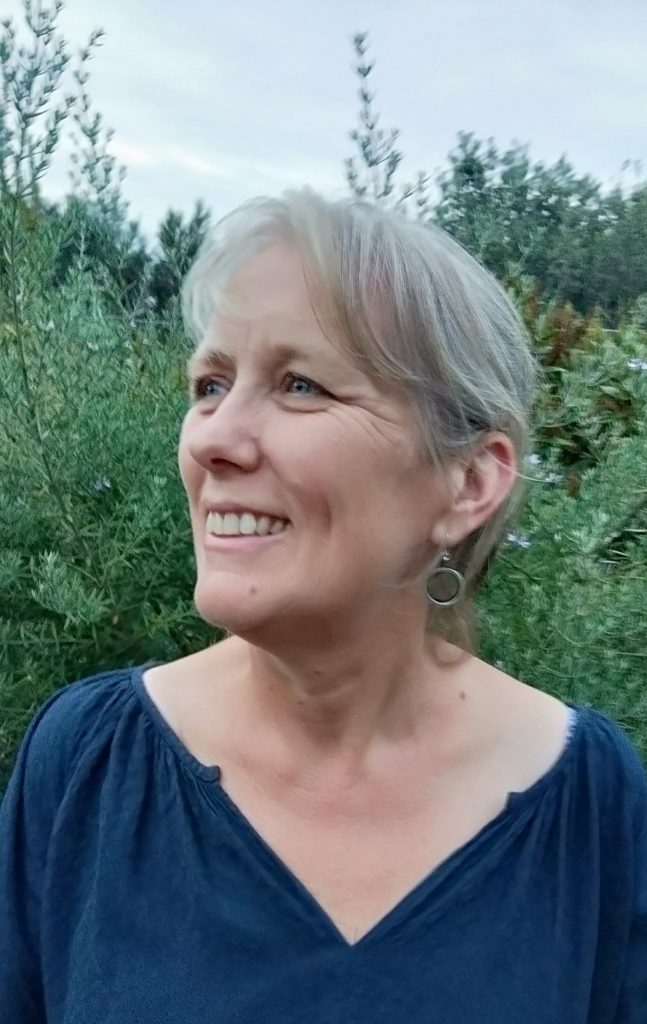
Sarah writes, teaches and mentors in the development of veganic garden systems. She is a vegan and has a strong interest in the rights of non human animals.
